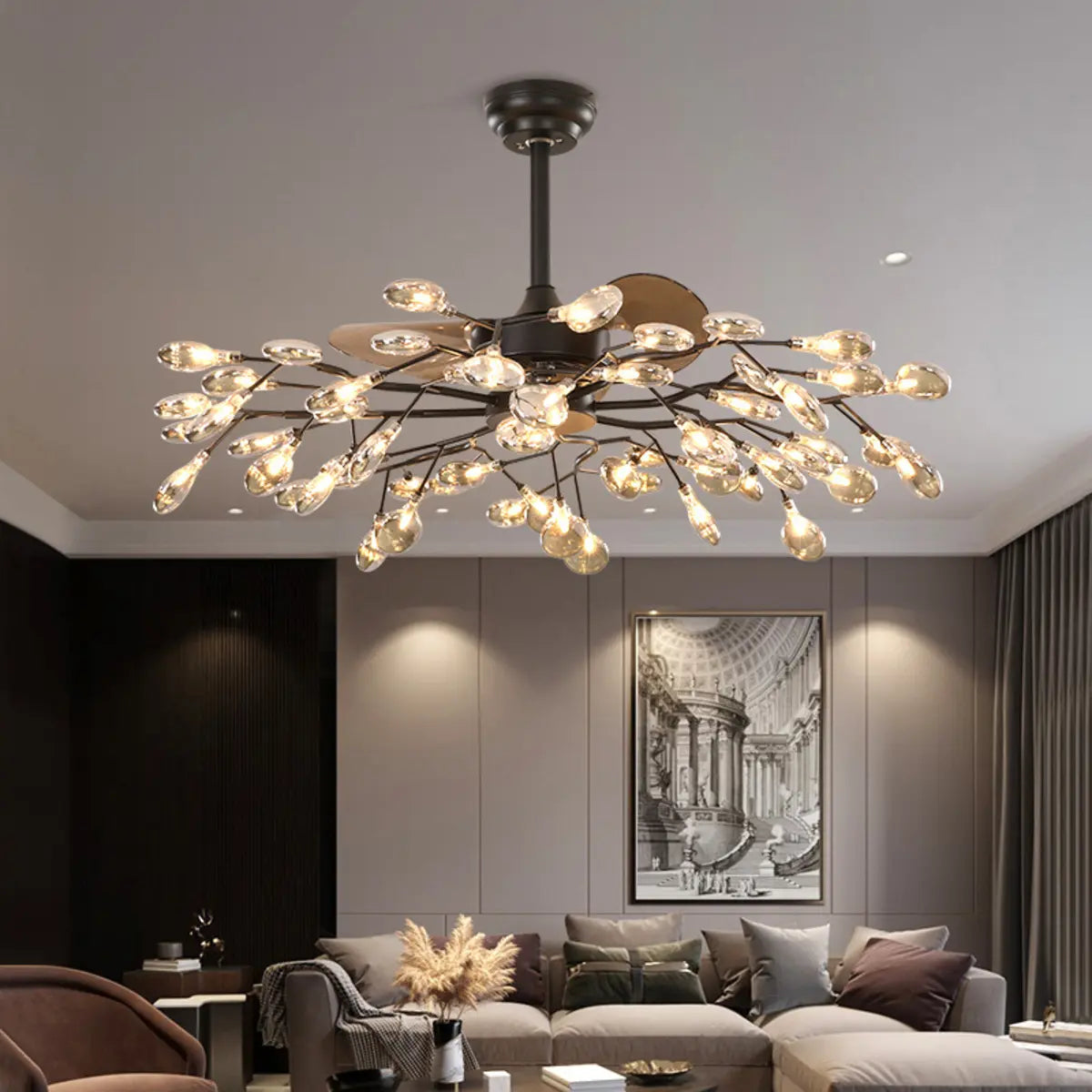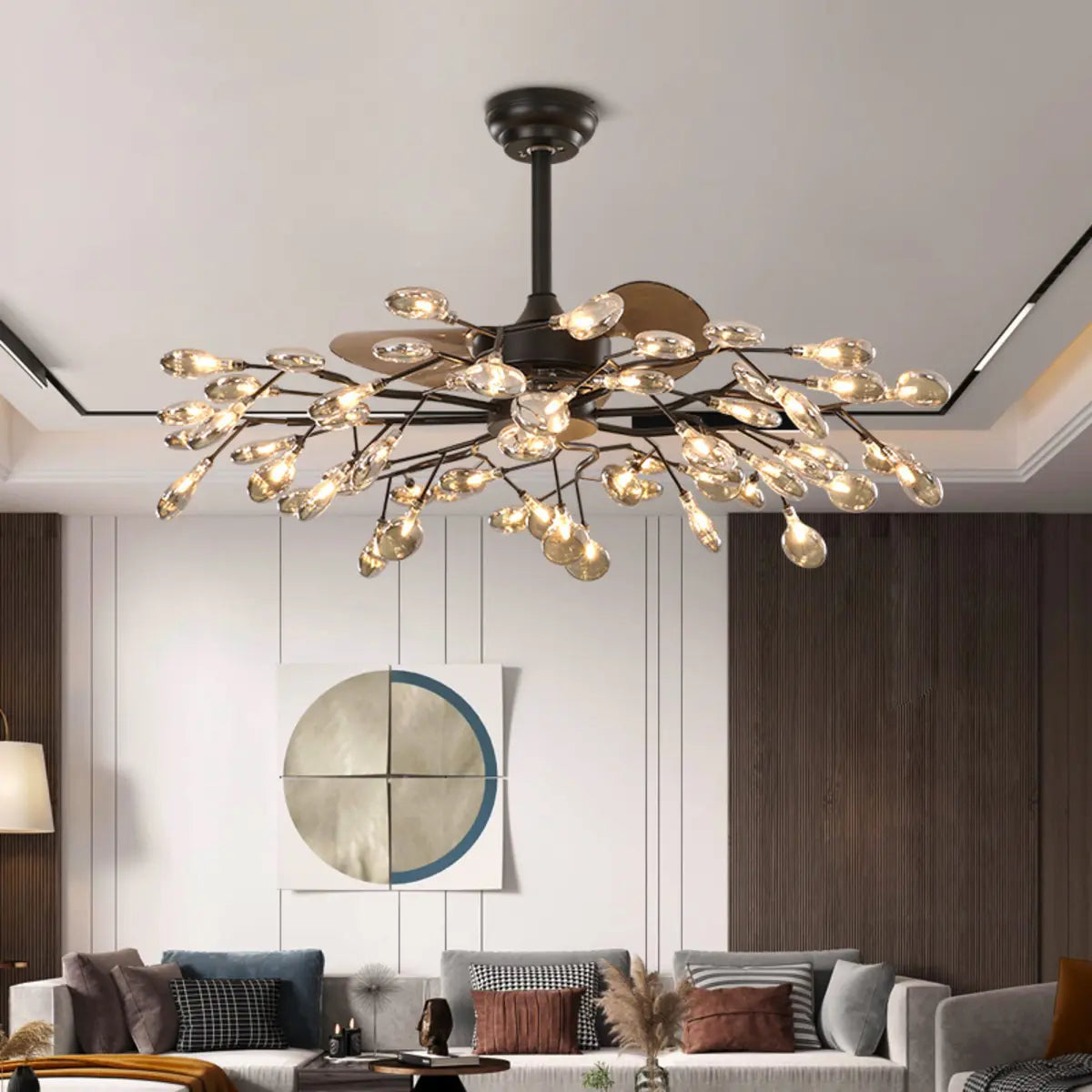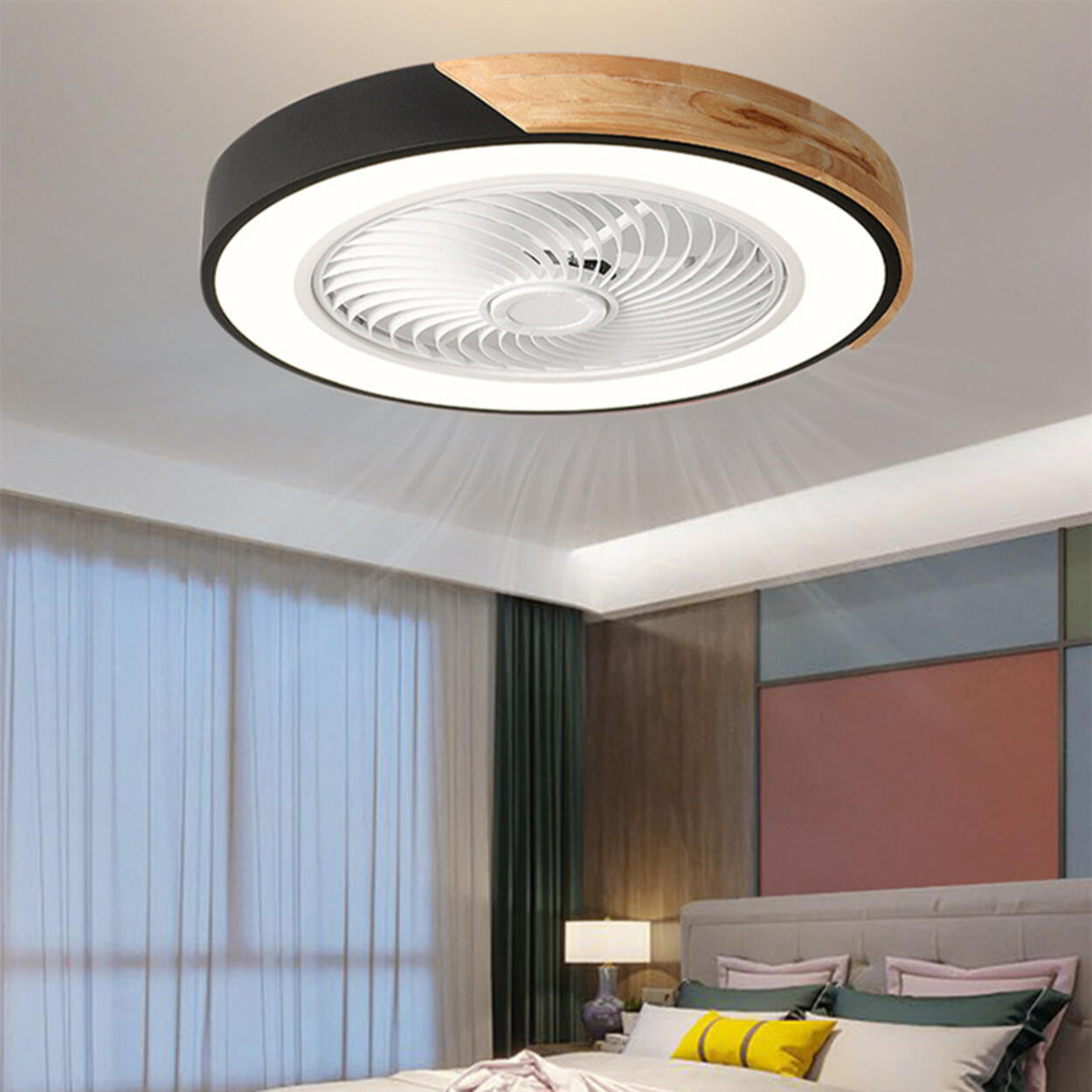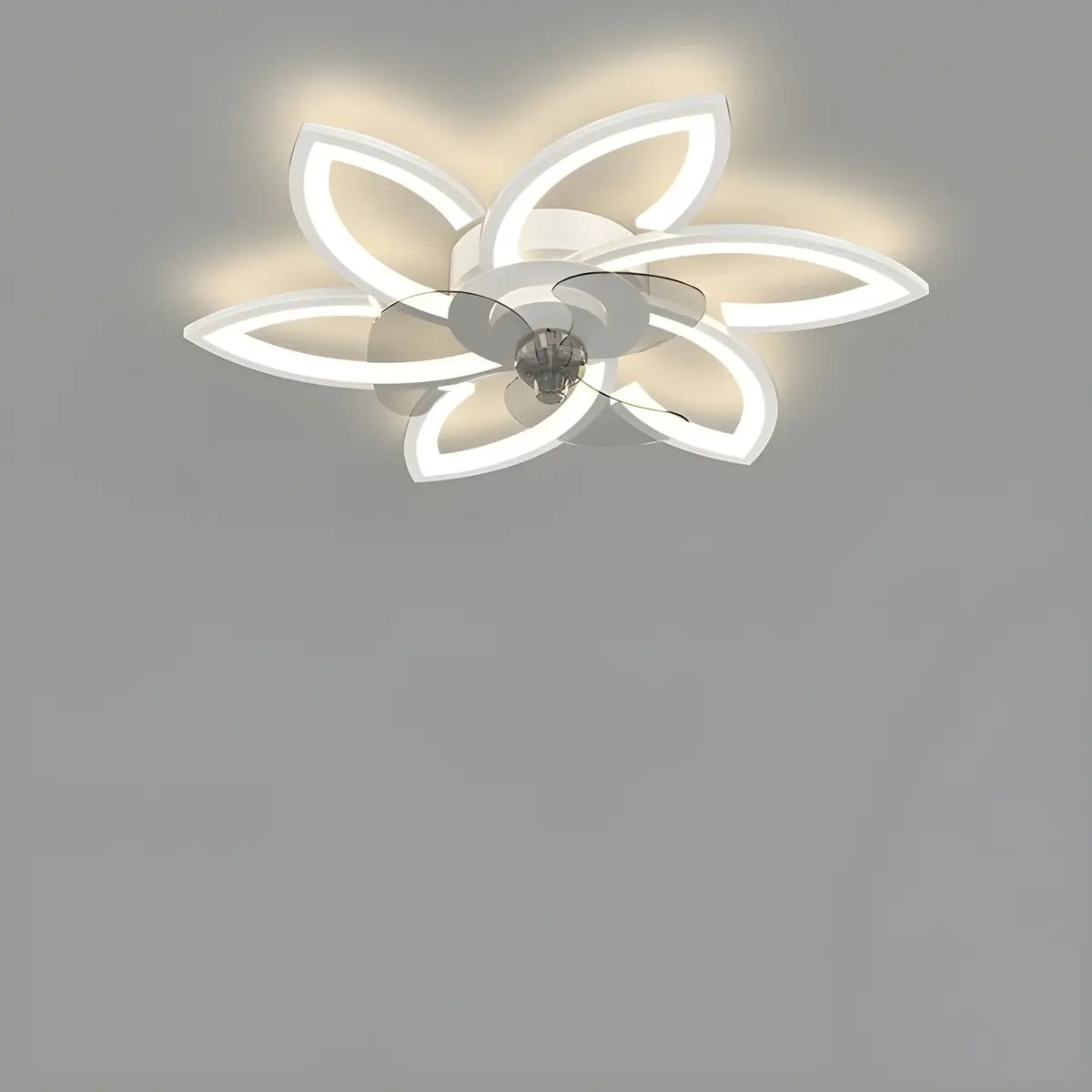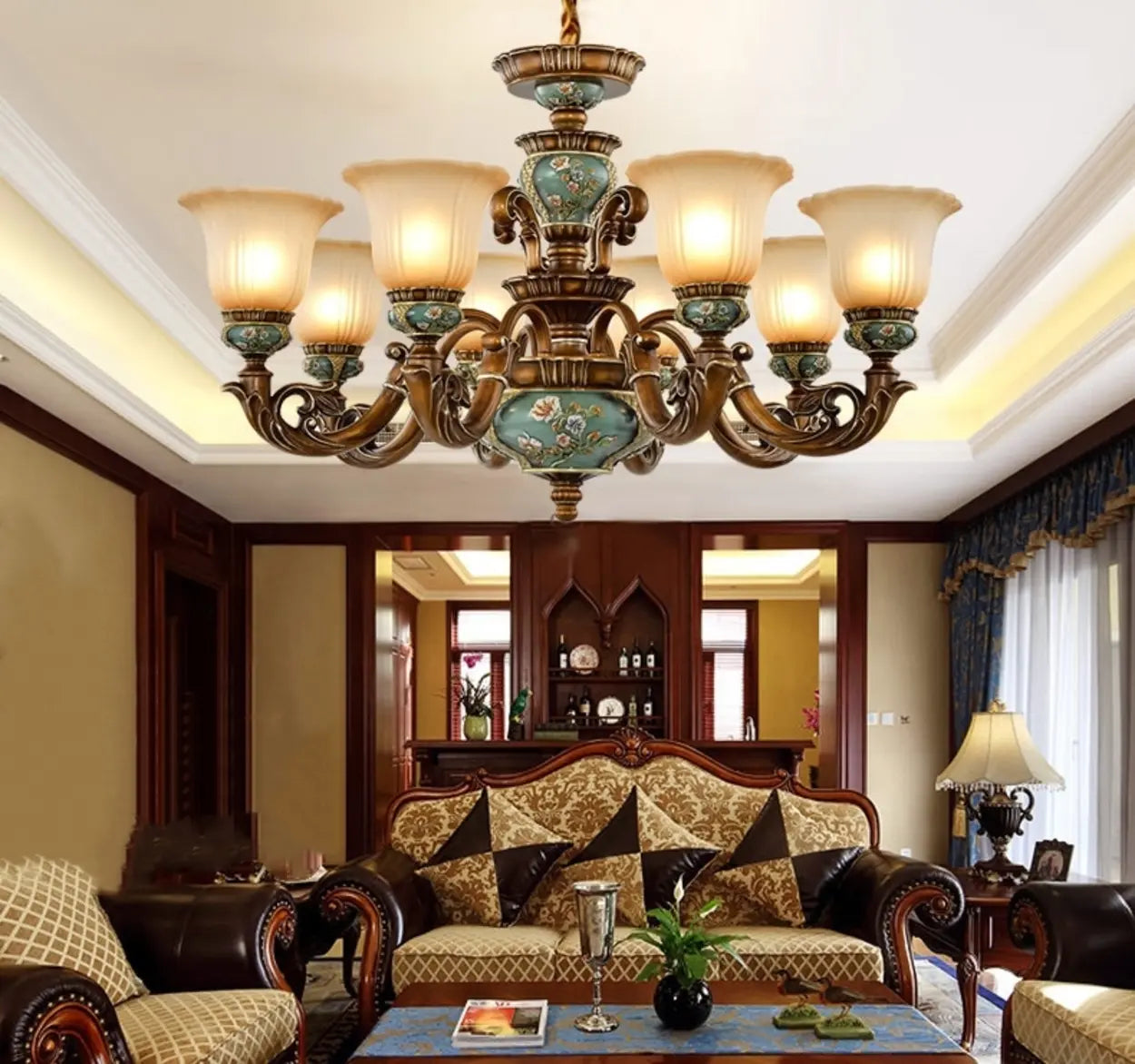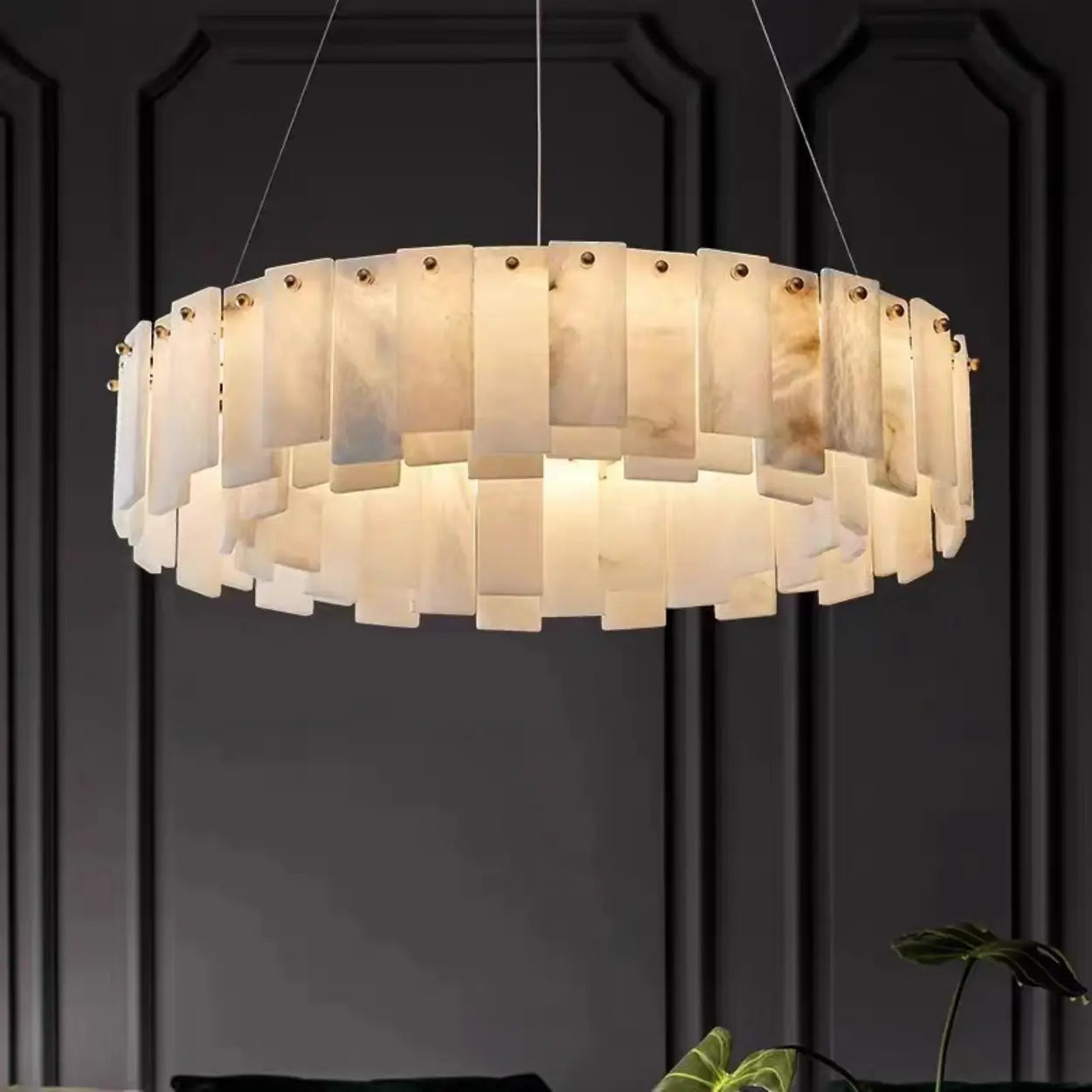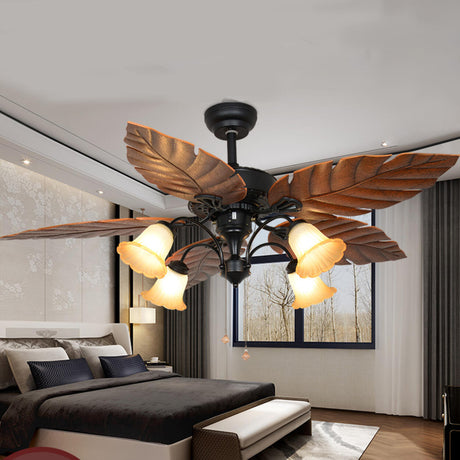When you're shopping for a cooling solution that looks good, the fandelier vs ceiling fan debate comes up fast. Both keep your room comfortable, but they serve different purposes. A ceiling fan focuses on airflow and affordability. A fandelier combines a fan with decorative lighting, giving you two functions in one fixture. The right choice depends on your budget, room style, and what matters most to you.
Table of Contents
What You Get with a Ceiling Fan?

Ceiling fans have been around for decades, and they're popular for good reasons. Let's look at what makes them a solid choice for most homes.
Key features of ceiling fans
- Multiple blade options (usually 3 to 5 blades) for different airflow needs
- Energy-efficient and cost less to run than air conditioning
- Easy to clean-just wipe down the blades every few weeks
- Many come with remote controls or wall switches for convenient operation
- Some include basic built-in lights
- Main focus is cooling at an affordable price
Best for: Bedrooms, covered patios, garages, workshops, casual living rooms, and family rooms.
What is a Fandelier?

A fandelier combines chandelier-style lighting with fan functionality. Instead of choosing between a decorative light fixture or a cooling fan, you get both in one unit. Here's what sets it apart.
Key features of fandeliers
- Decorative lighting with multiple bulbs, glass shades, or crystal accents
- Fan blades designed to complement the chandelier aesthetic
- Works as a statement piece and focal point in your room
- Heavier construction requires stronger mounting support
- Provides both ambient lighting and air circulation
- Higher price point reflects dual functionality and design
Best for: Dining rooms, master bedrooms, entryways with high ceilings, and formal living rooms.
Fandelier vs Ceiling Fan: What Are the Differences?
Now let's compare fandeliers and ceiling fans across the factors that matter most when you're making a decision.
Quick comparison table
| Feature | Ceiling Fan | Fandelier |
| Primary Focus | Cooling | Lighting + Cooling |
| Design Style | Functional, simple | Decorative, elegant |
| Lighting Quality | Basic or none | Chandelier-quality |
| Cooling Power | Strong (larger blades) | Good (smaller blades) |
| Price Range | $50 - $300 | $200 - $800+ |
| Installation | Easy, DIY-friendly | Complex, often needs pro |
| Maintenance | Simple blade cleaning | Blades + light fixtures |
| Best For | Casual spaces | Formal rooms |
1. Design and style
Ceiling fans look functional and come in modern, traditional, and industrial styles. The design emphasizes practicality over decoration. Fandeliers prioritize appearance and are designed to look like light fixtures with hidden or decorative fan blades.
If you want something that blends into a casual space, go with a ceiling fan. If you want a decorative centerpiece, the fandelier wins.
2. Cooling performance
Both options cool your room by circulating air. Ceiling fans often have larger blade spans (up to 60 inches or more), which means better airflow in bigger spaces.
Fandeliers have smaller blades because they need to fit around the lighting elements. This doesn't mean fandeliers are weak-they still move air effectively in average-sized rooms. For maximum cooling power in large areas, ceiling fans have the edge.

3. Lighting quality
Standard ceiling fans either have no lights or include basic light kits with one or two bulbs.
Fandeliers are built around lighting and feature multiple bulbs, attractive shades, and designs that actually brighten your room like a real chandelier. If lighting matters in your space, fandeliers deliver much better quality and ambiance.
4. Price range
| Type | Budget Options | Mid-Range | Premium Models | Installation Cost |
| Ceiling fans | $50 - $100 | $100 - $200 | $200 - $300 | $0 - $150 (often DIY) |
| Fandeliers | $200 - $300 | $300 - $500 | $500 - $800+ | $150 - $300 (usually pro) |
5. Installation and maintenance
Traditional ceiling fans are lighter and simpler to install. Many people can handle installation themselves with basic tools. Fandeliers are heavier and more complex, often requiring professional installation to ensure the electrical box can support the weight.
For maintenance, ceiling fans just need blade cleaning. Fandeliers require cleaning both the fan blades and the light fixtures, which takes more time. Both are manageable, but ceiling fans are easier overall.
6. Noise level
Quality ceiling fans run quietly, especially models with DC motors. Cheaper fans can wobble or hum over time. Fandeliers can be slightly noisier because of their complex design and smaller blades spinning faster.
If noise bothers you, invest in a well-reviewed model regardless of which type you choose. Both can be quiet if you buy quality.
Which One Should You Choose?
Your decision comes down to priorities. Here's how to think about it based on your needs.
Choose a ceiling fan if...
- You're working with a tight budget and need reliable cooling
- Your room has a casual style where function beats appearance
- You want easy installation and simple maintenance
- You're cooling a large space that needs maximum airflow
- You prefer straightforward operation without complications
Choose a fandelier if...
- You want a fixture that looks elegant and adds character to your room
- You need both quality lighting and cooling in the same spot
- You're decorating a formal space that requires upscale aesthetics
- You're willing to spend more for better appearance
- You value style and function together in one fixture
Final Thoughts
The fandelier vs ceiling fan choice isn't complicated once you know what you need. Ceiling fans deliver reliable cooling at a lower cost with simple maintenance. Fandeliers combine lighting and cooling in a stylish package that elevates your room's look. Think about your budget, room style, and whether you value function or aesthetics more. Both options work well-you just need to pick the one that fits your space and lifestyle.
FAQ
Do fandeliers work as well as ceiling fans?
Do fandeliers work as well as ceiling fans?
Yes, fandeliers cool effectively in most rooms. Ceiling fans may move more air in very large spaces because of their bigger blade spans, but fandeliers handle average-sized rooms just fine.
Are fandeliers quiet?
Are fandeliers quiet?
Yes, quality fandeliers run quietly. Cheaper models can be noisier than regular fans, so check reviews before buying. Well-made fandeliers with good motors operate smoothly with minimal sound.
Can a fandelier be used in any room?
Can a fandelier be used in any room?
Fandeliers work best in formal spaces like dining rooms and master bedrooms. While they can technically go in any room, they may look out of place in casual areas such as garages or workshops.
What size fandelier for a living room?
What size fandelier for a living room?
For a standard living room (12x12 to 15x15 feet), choose a fandelier with a 42 to 52-inch blade span. Larger rooms need bigger models for proper air circulation.
Do fandeliers require special wiring?
Do fandeliers require special wiring?
Yes, fandeliers need a strong electrical box rated to support their weight (usually over 50 pounds). Existing light fixture boxes may need upgrading. Professional installation ensures safety and proper support.
Are ceiling fans outdated in 2025?
Are ceiling fans outdated in 2025?
No, ceiling fans remain popular and practical. Modern designs look sleek and stylish, and their energy efficiency keeps them a staple feature in contemporary homes.




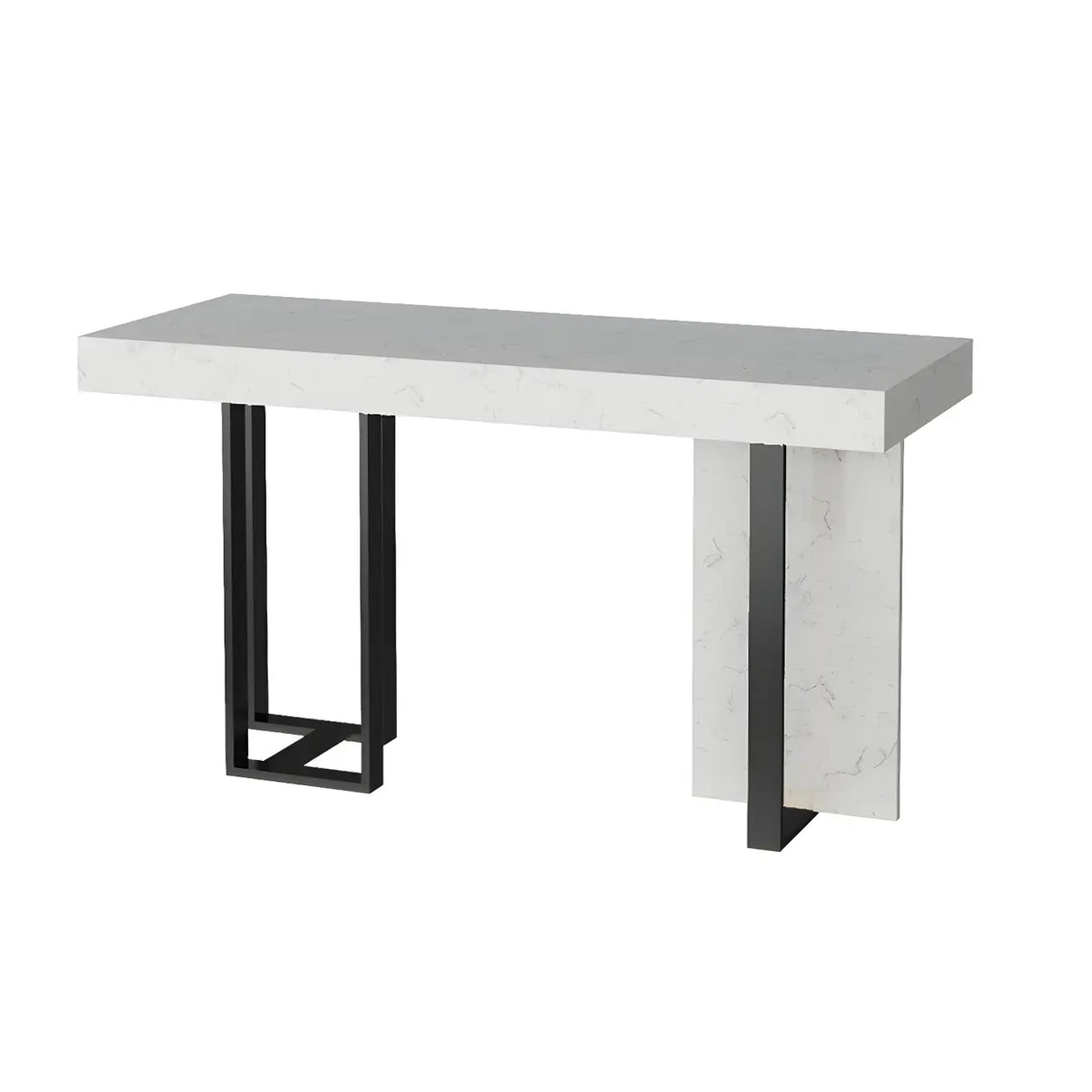









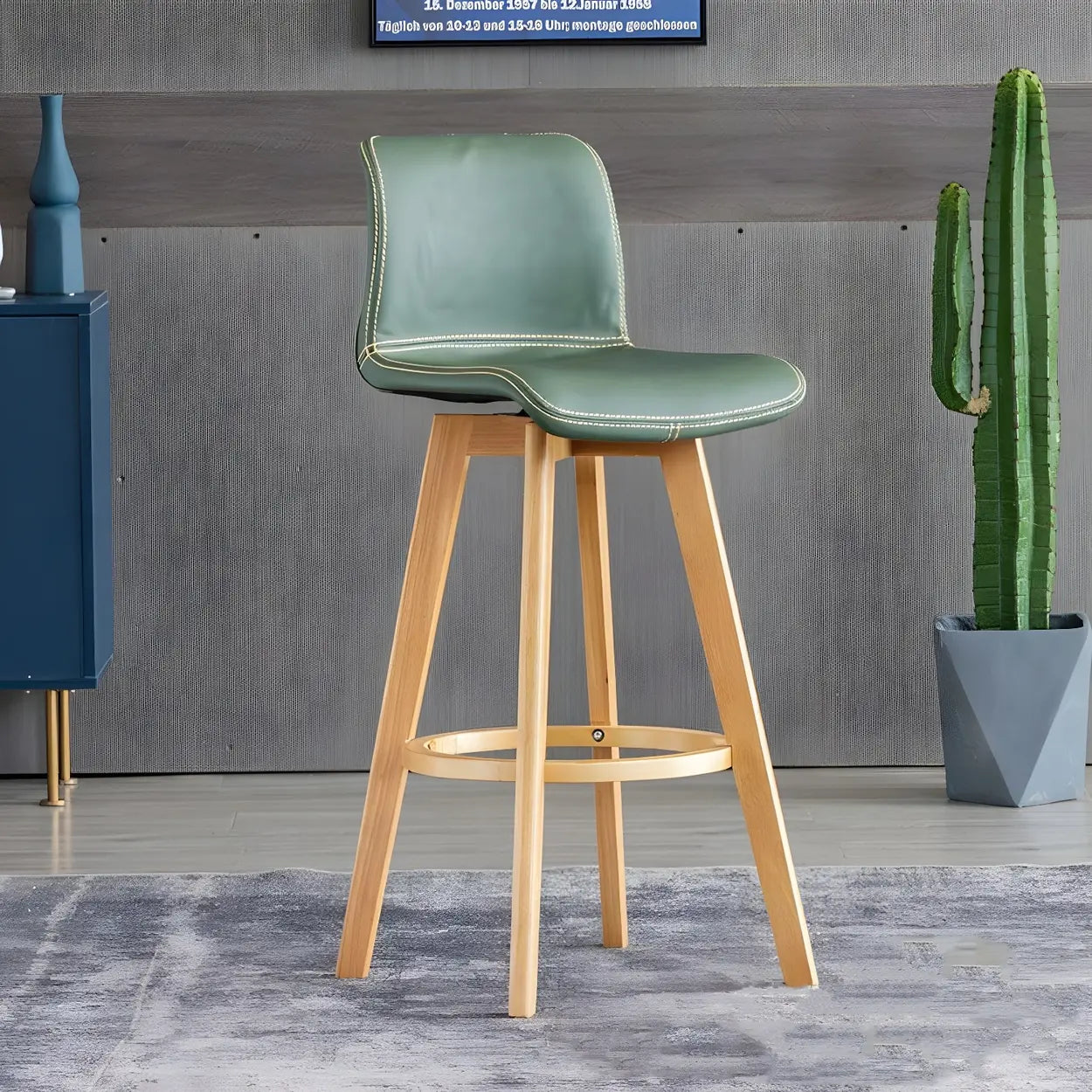



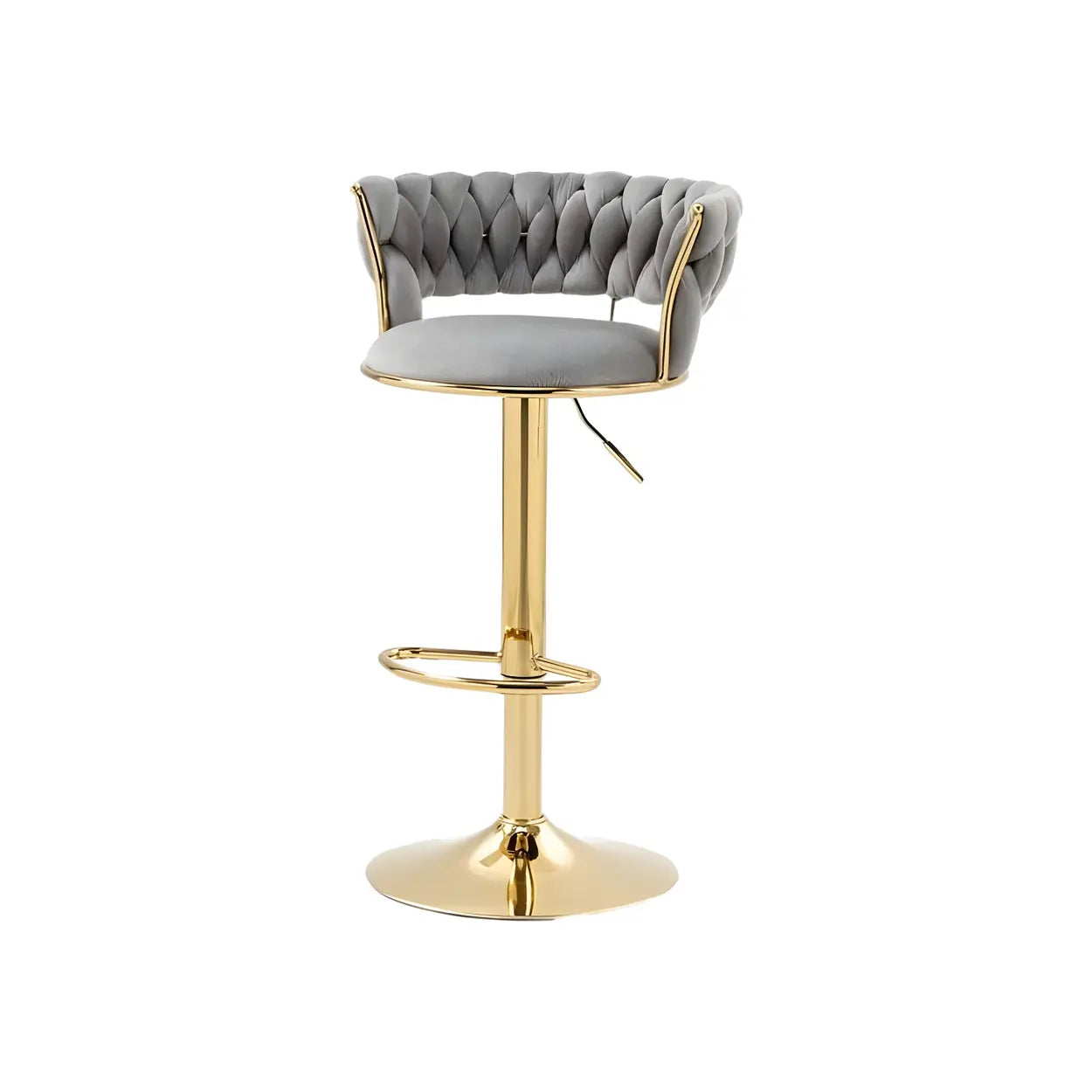



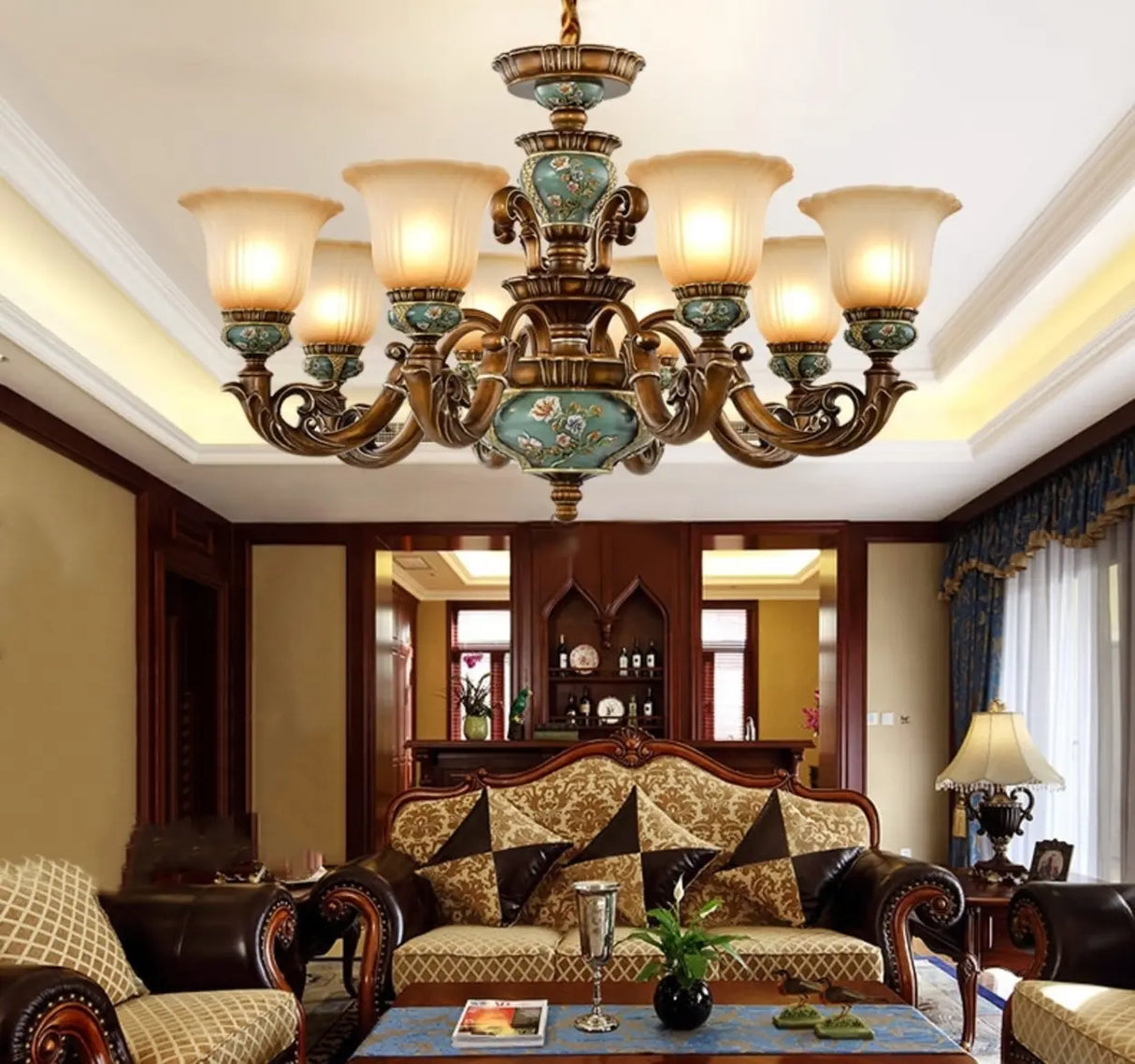
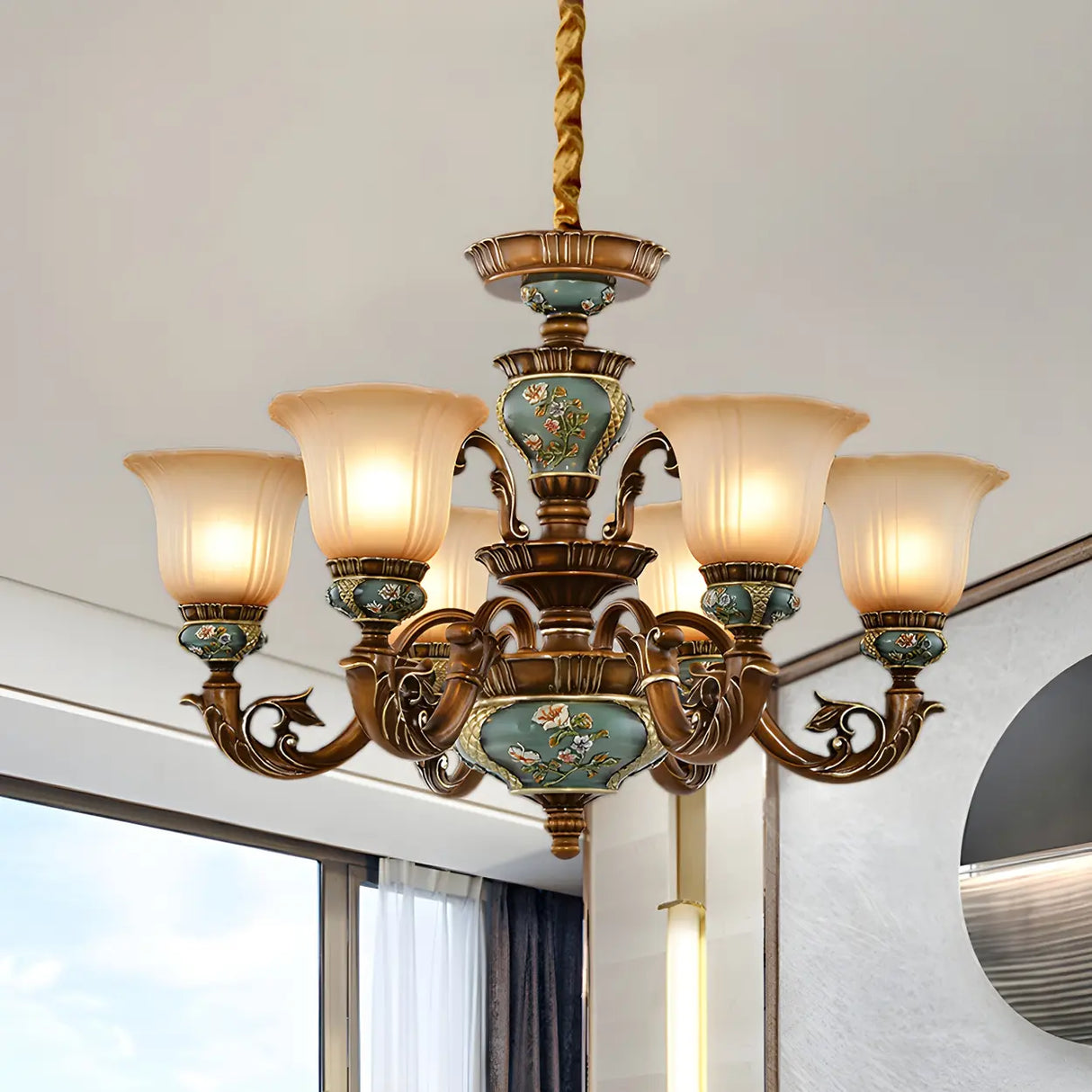
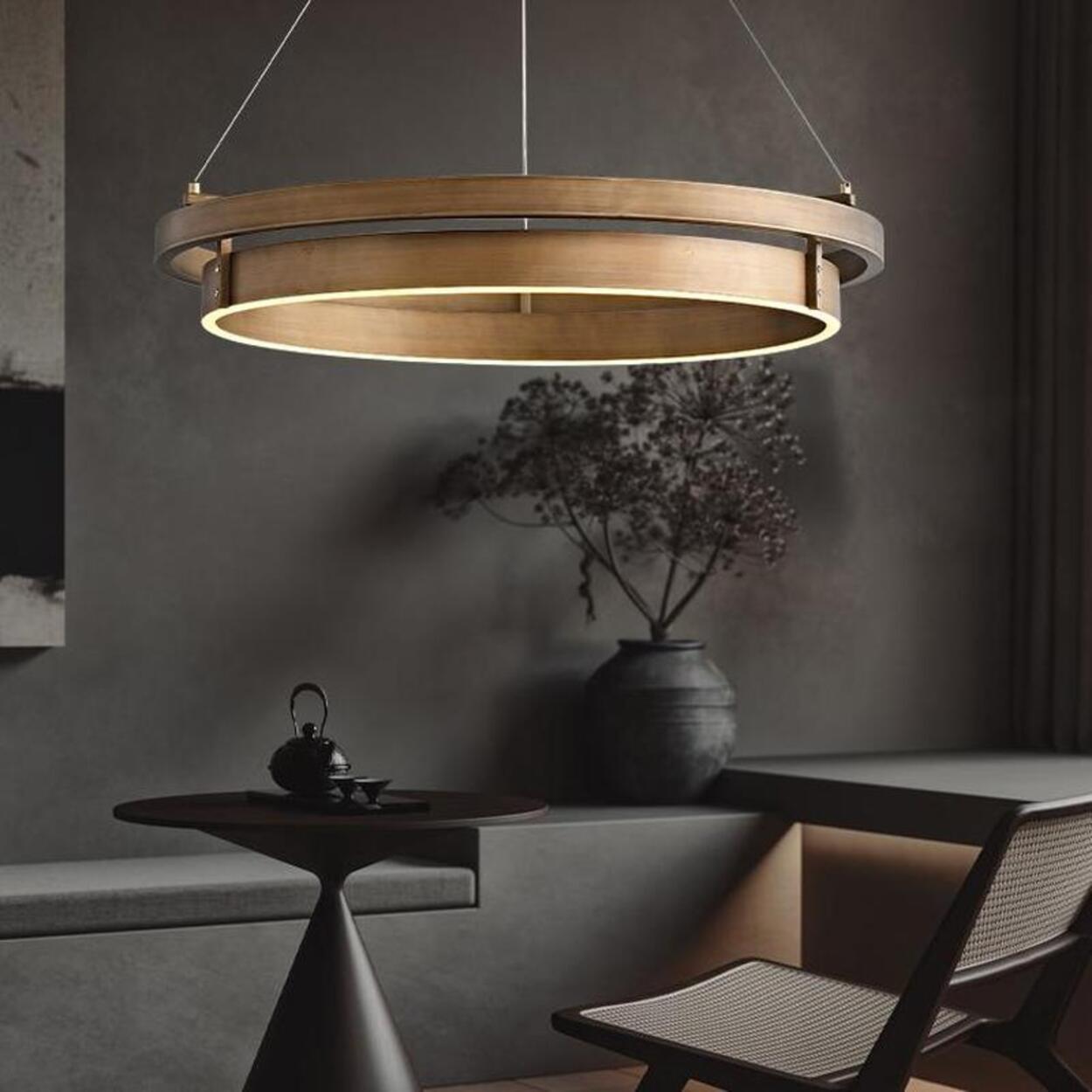
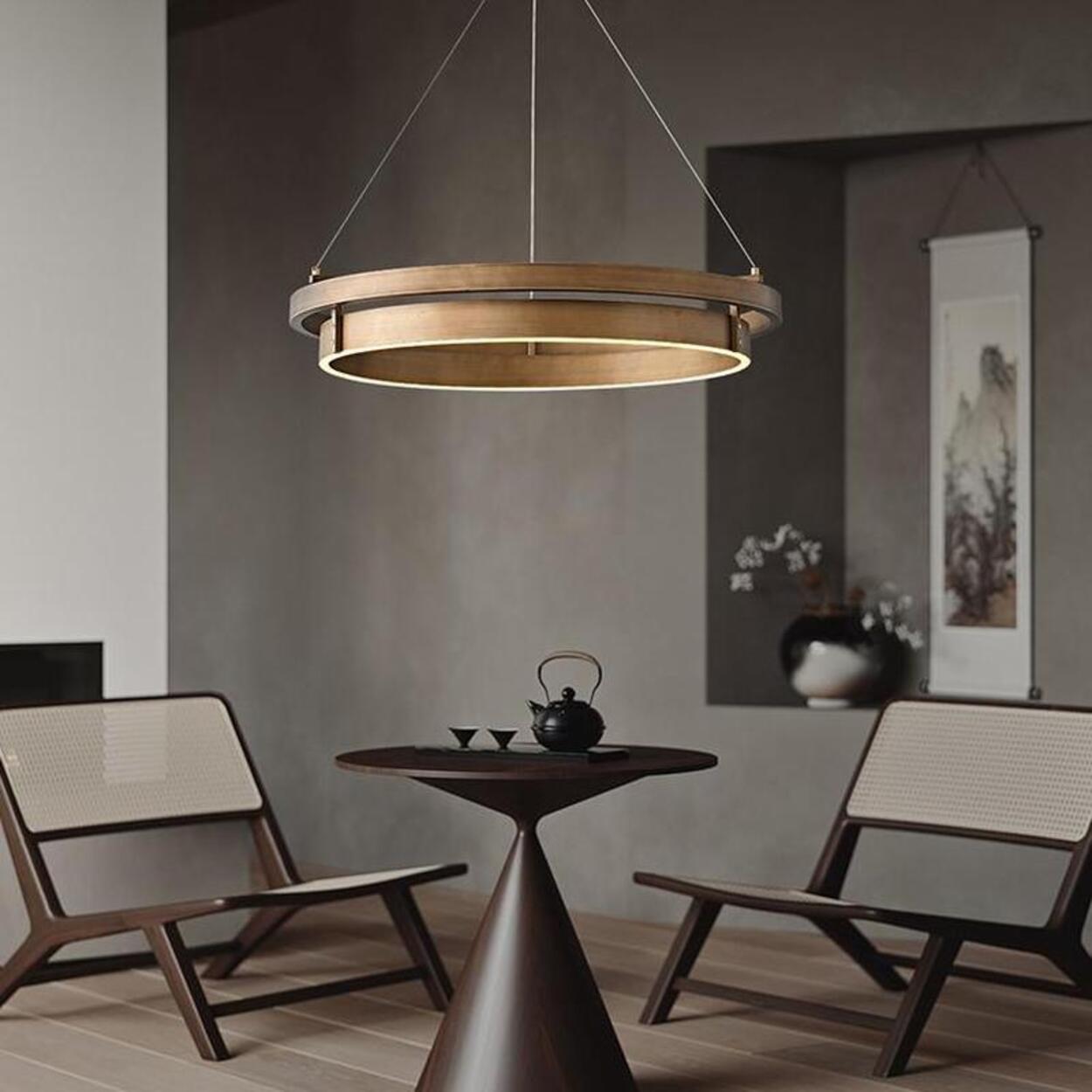
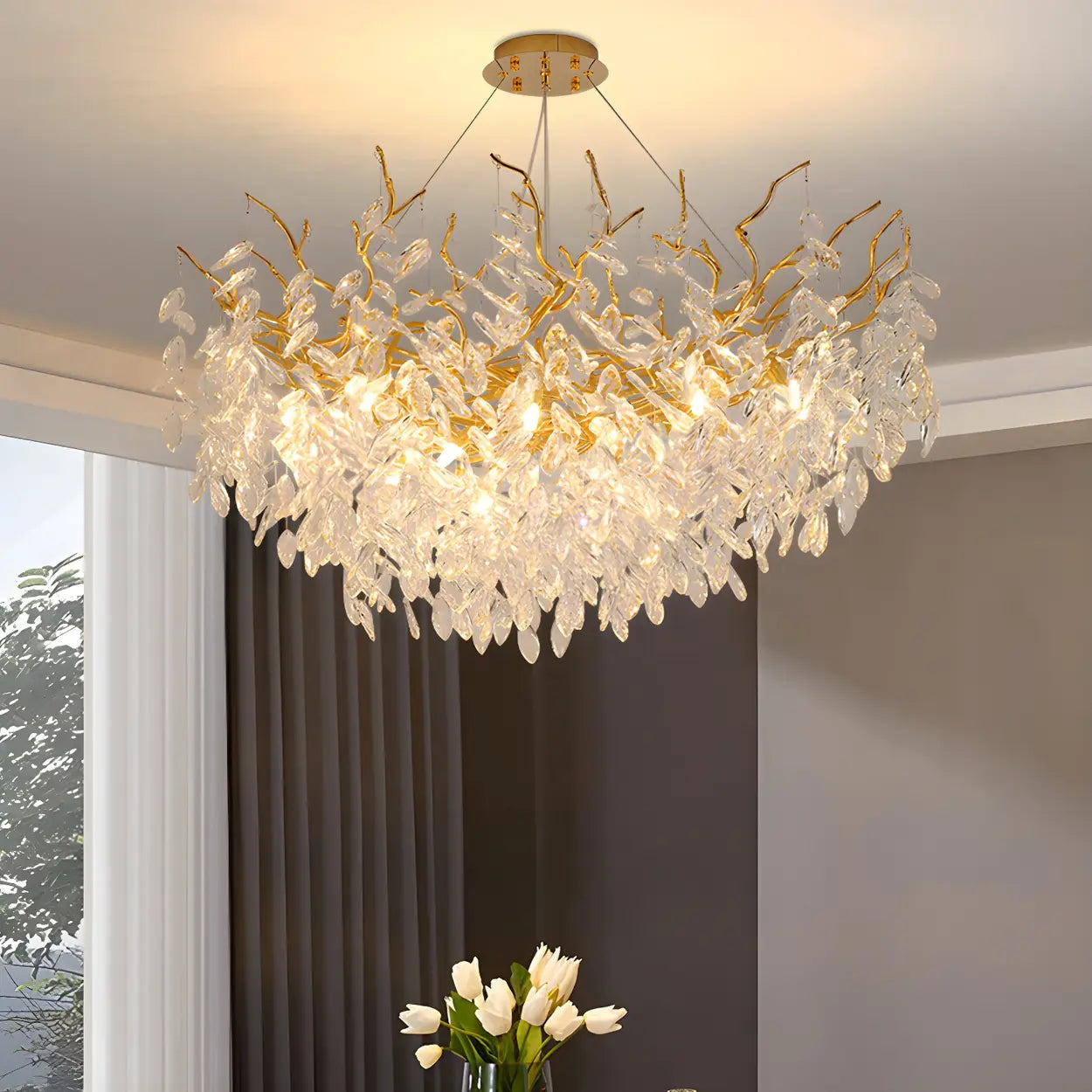
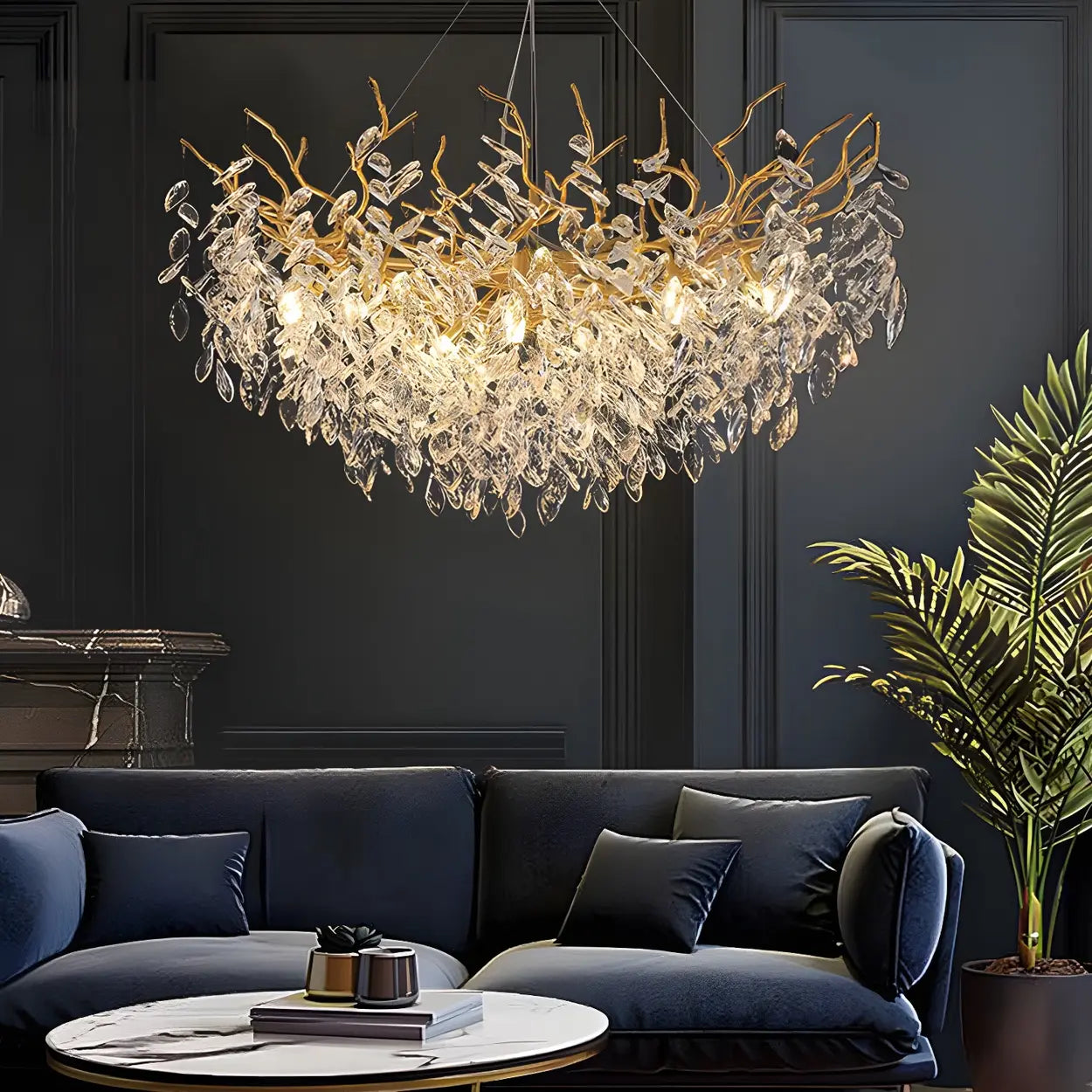
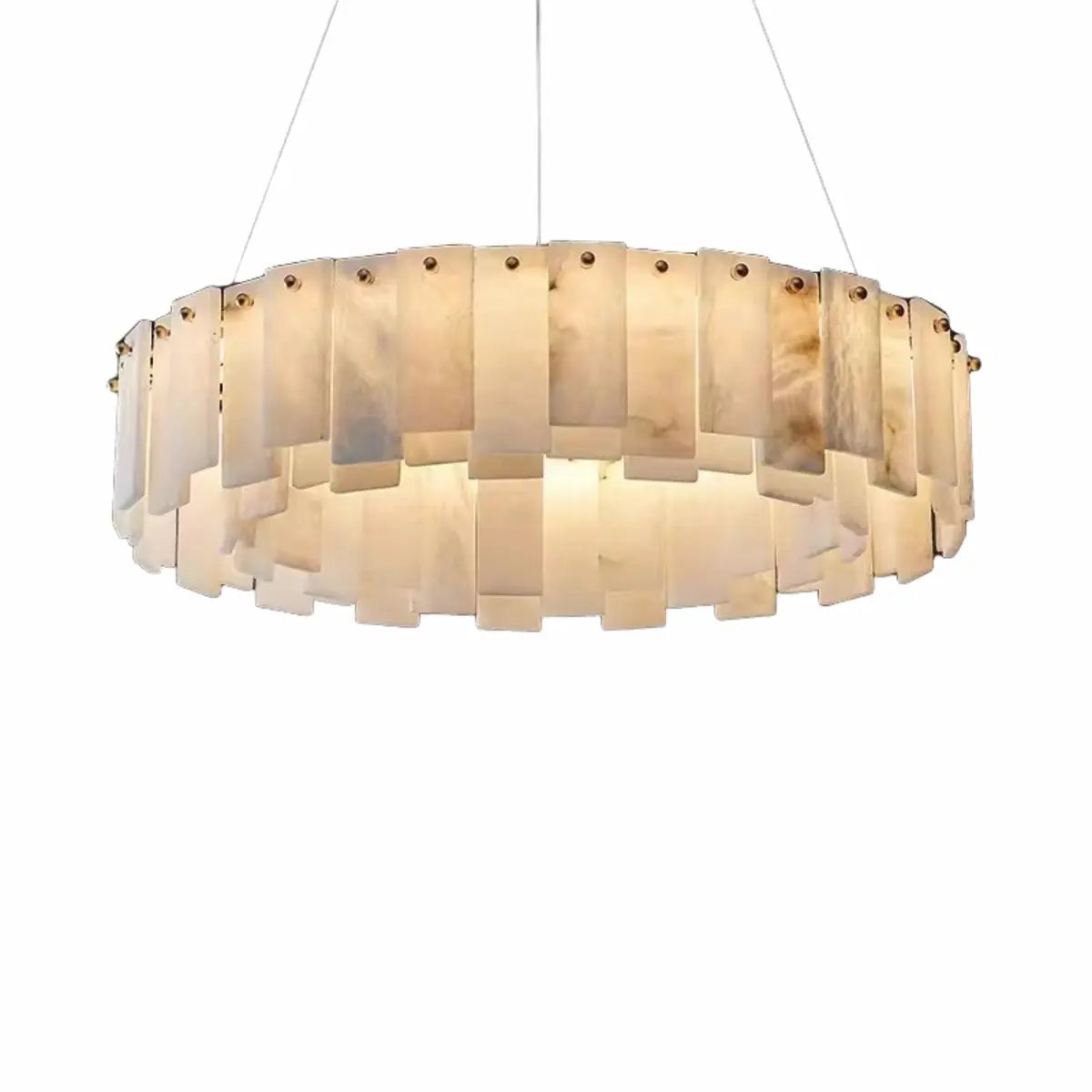


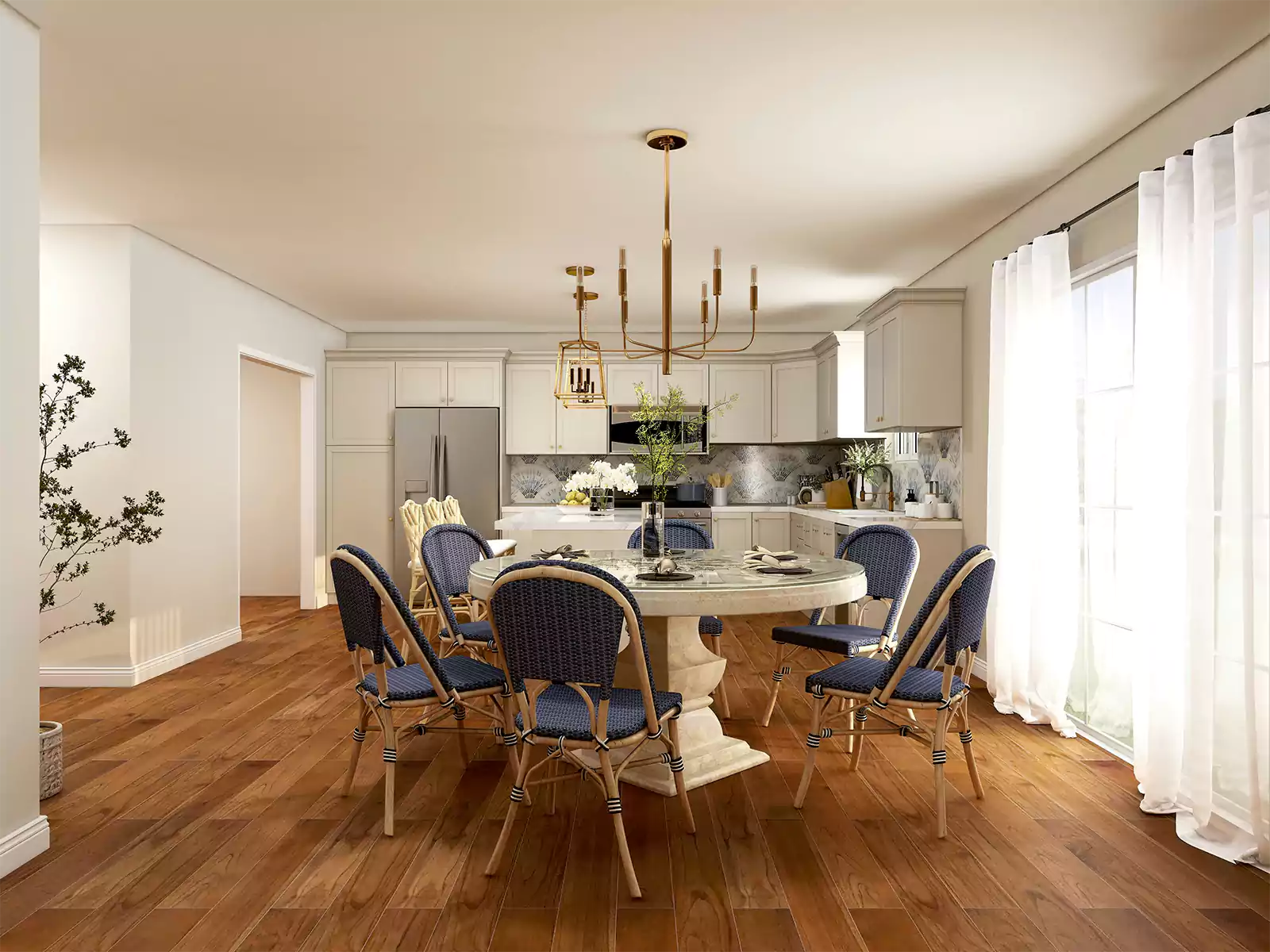
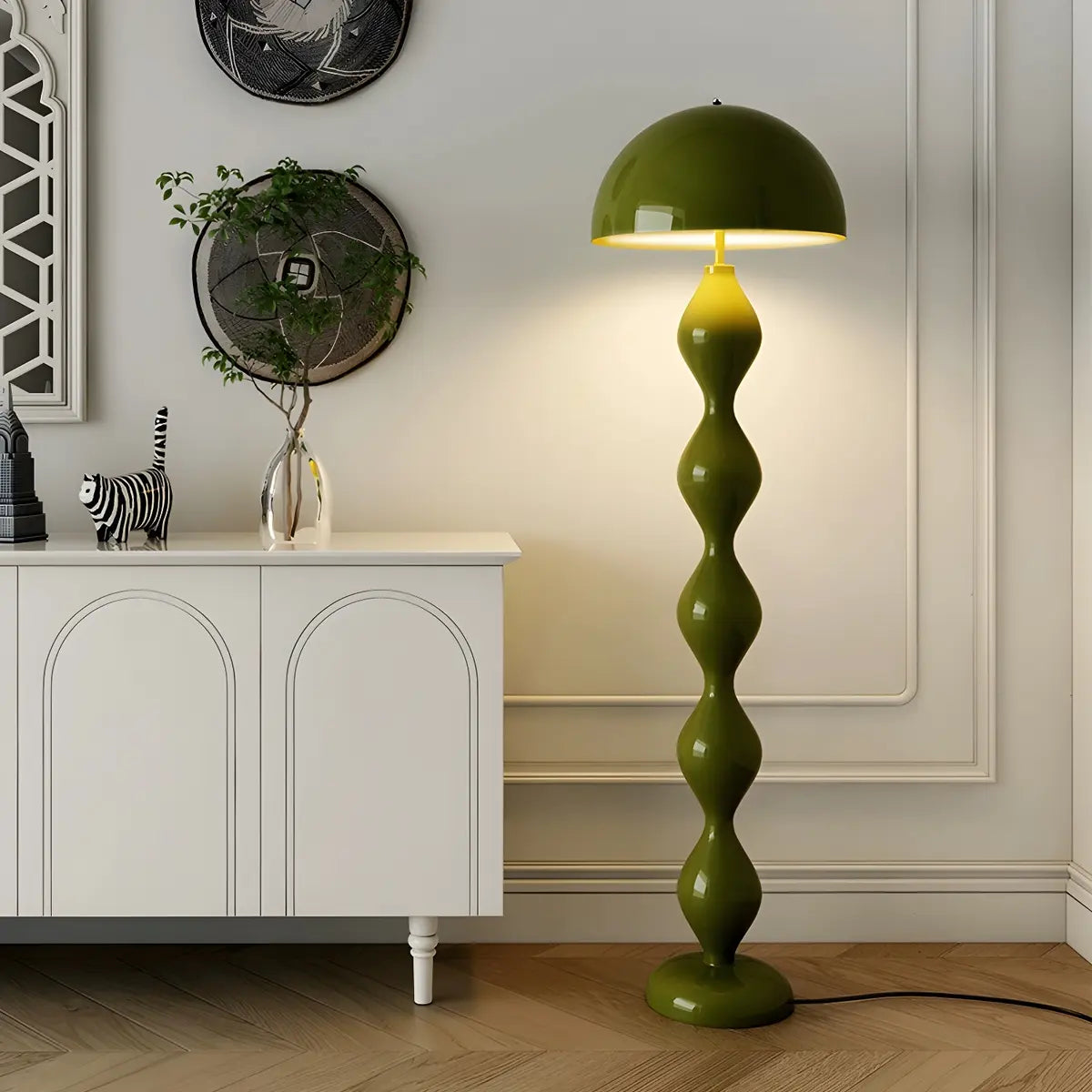
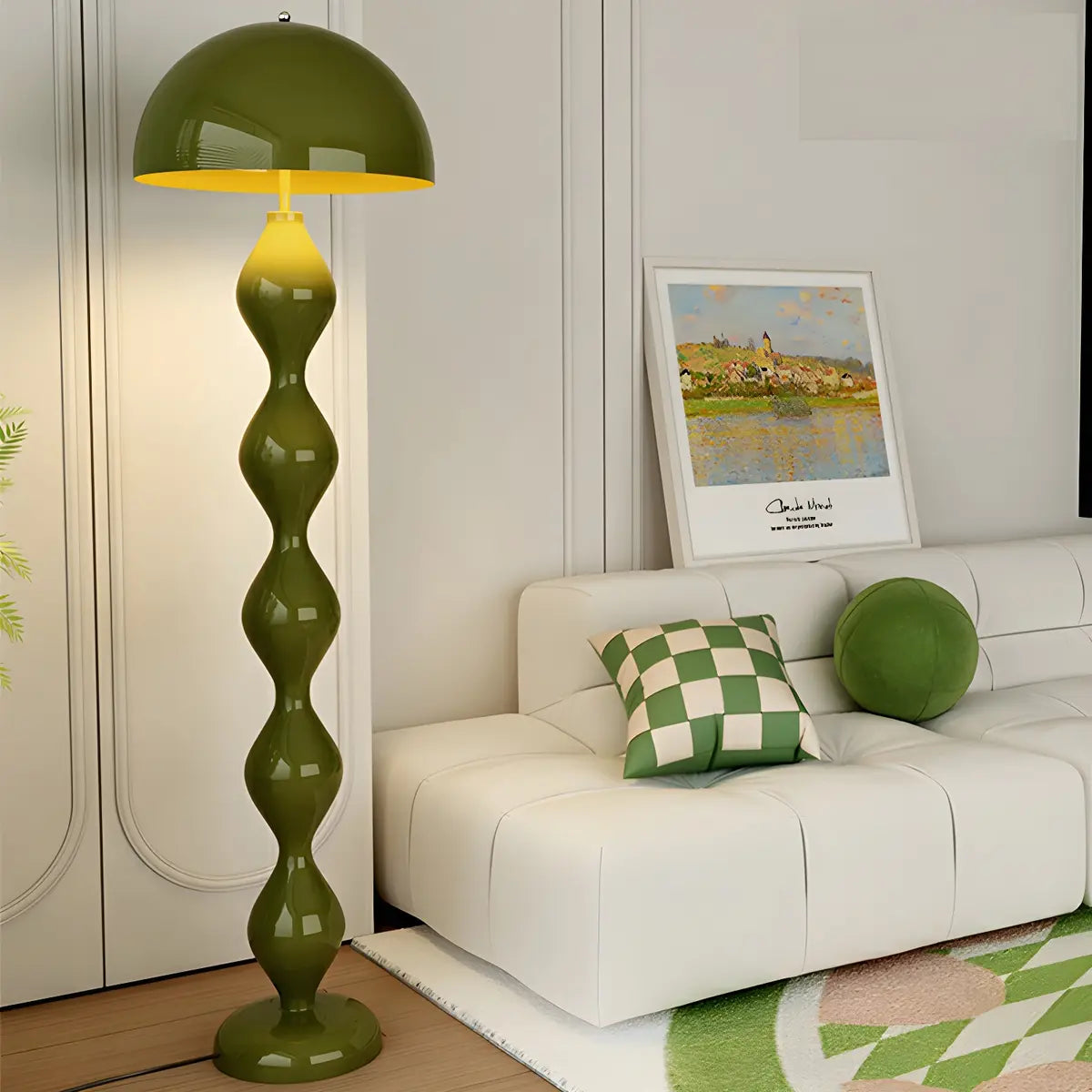


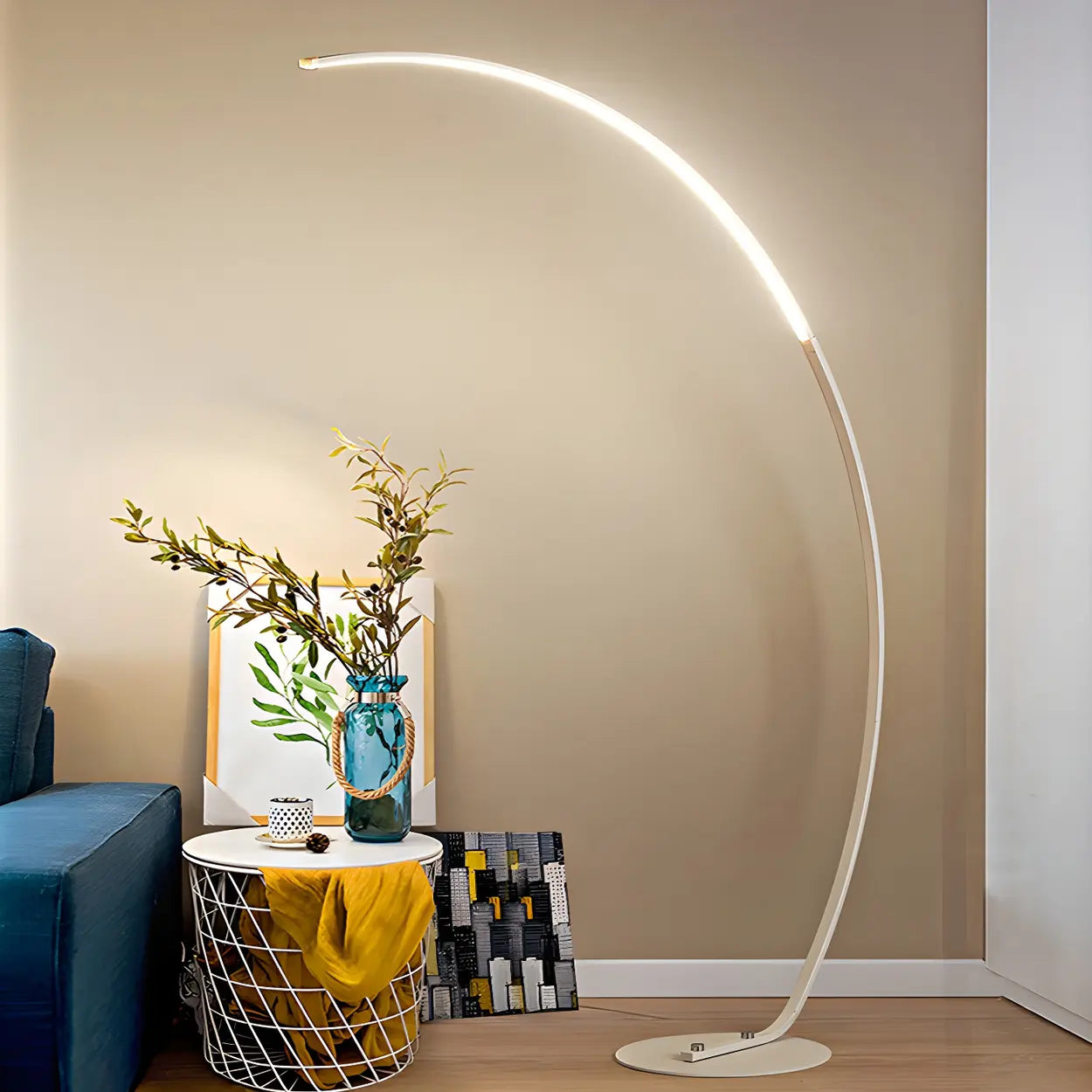

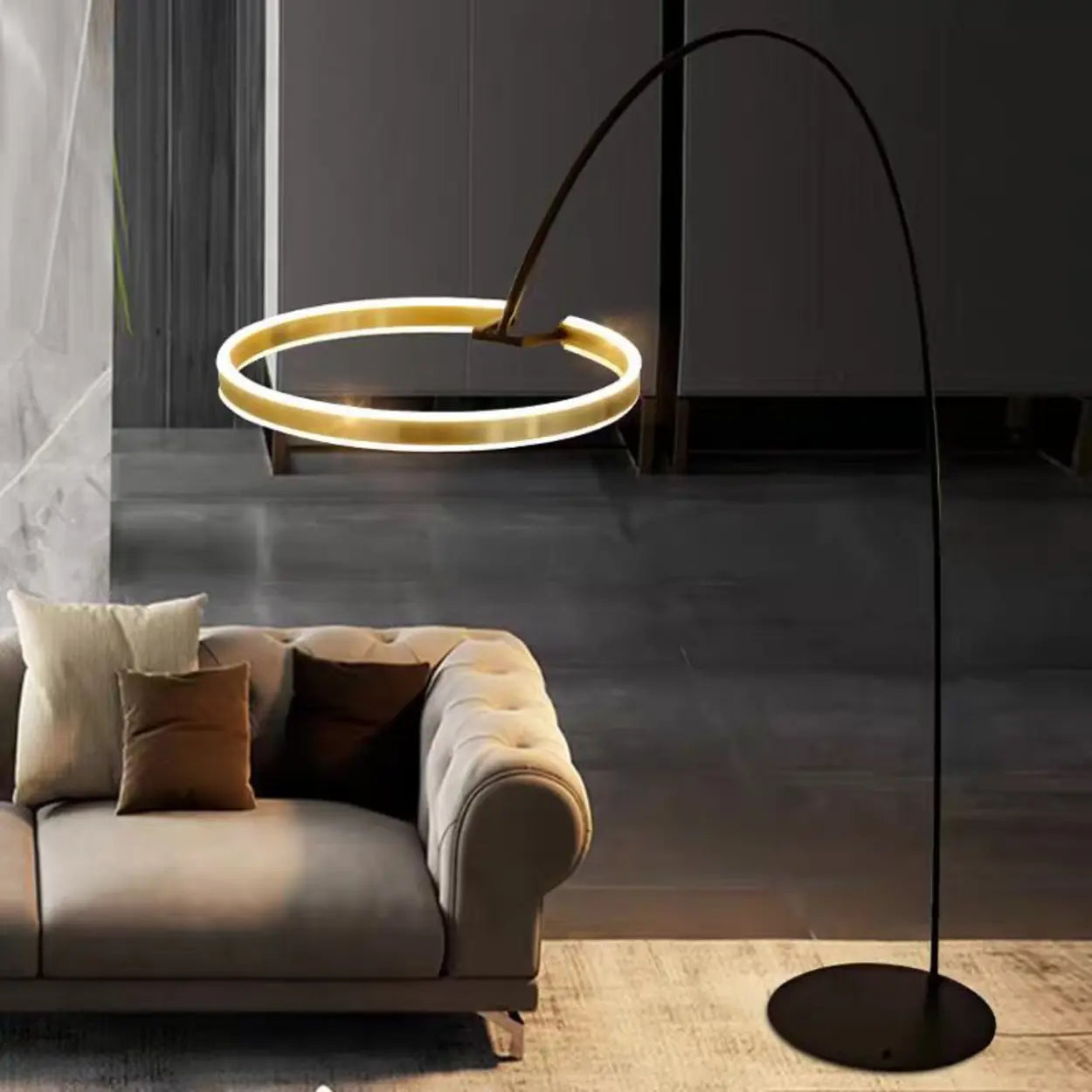

![10 Best Floor Lamp for Reading [2025 Review]](http://www.homebaa.com/cdn/shop/articles/banner_c990b0a4-4743-4902-b6be-5609f7a21a90.webp?v=1747357941)






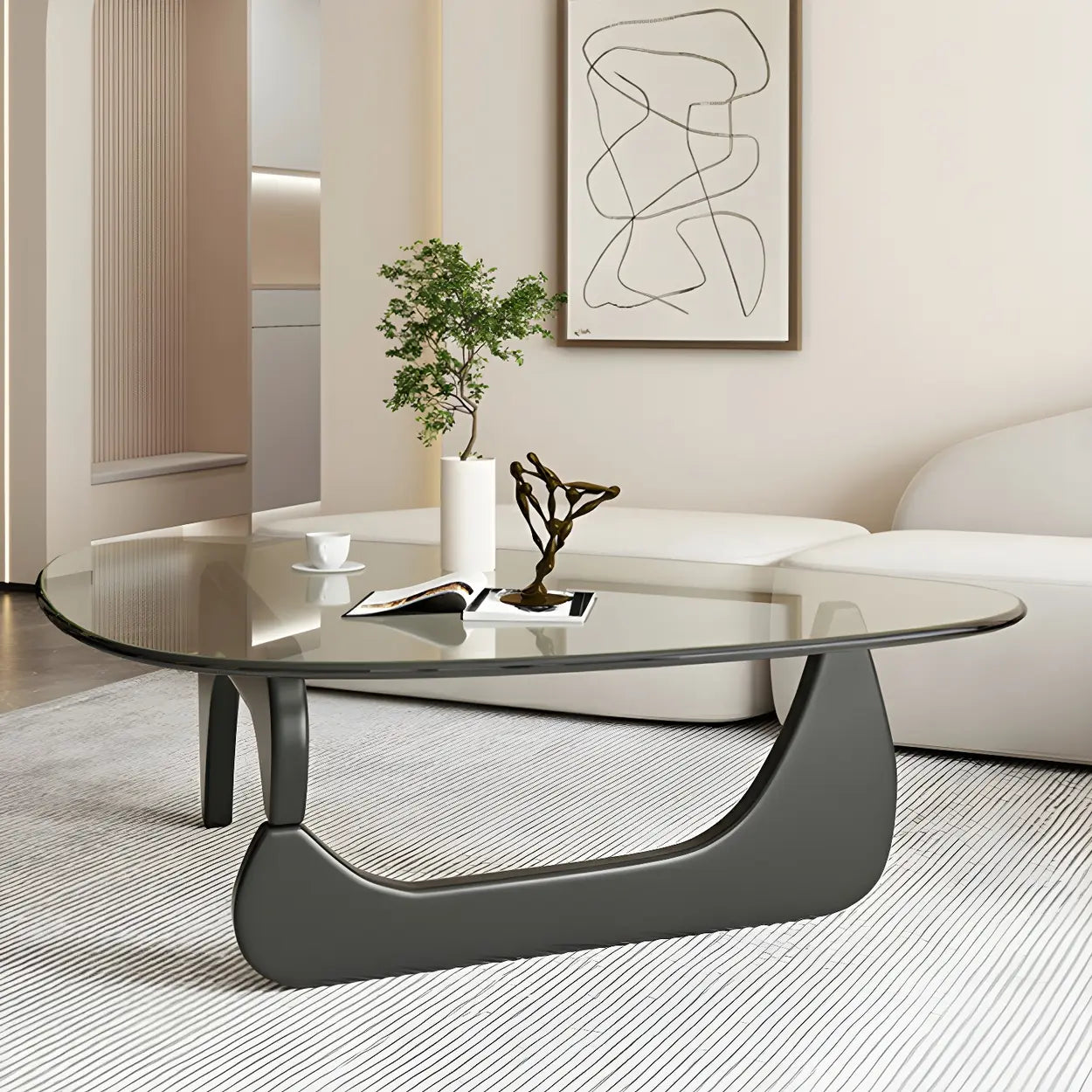




![How to Choose the Coffee Table Height? [2025 Newest Guide]](http://www.homebaa.com/cdn/shop/articles/coffee-table-height.webp?v=1749523259)
